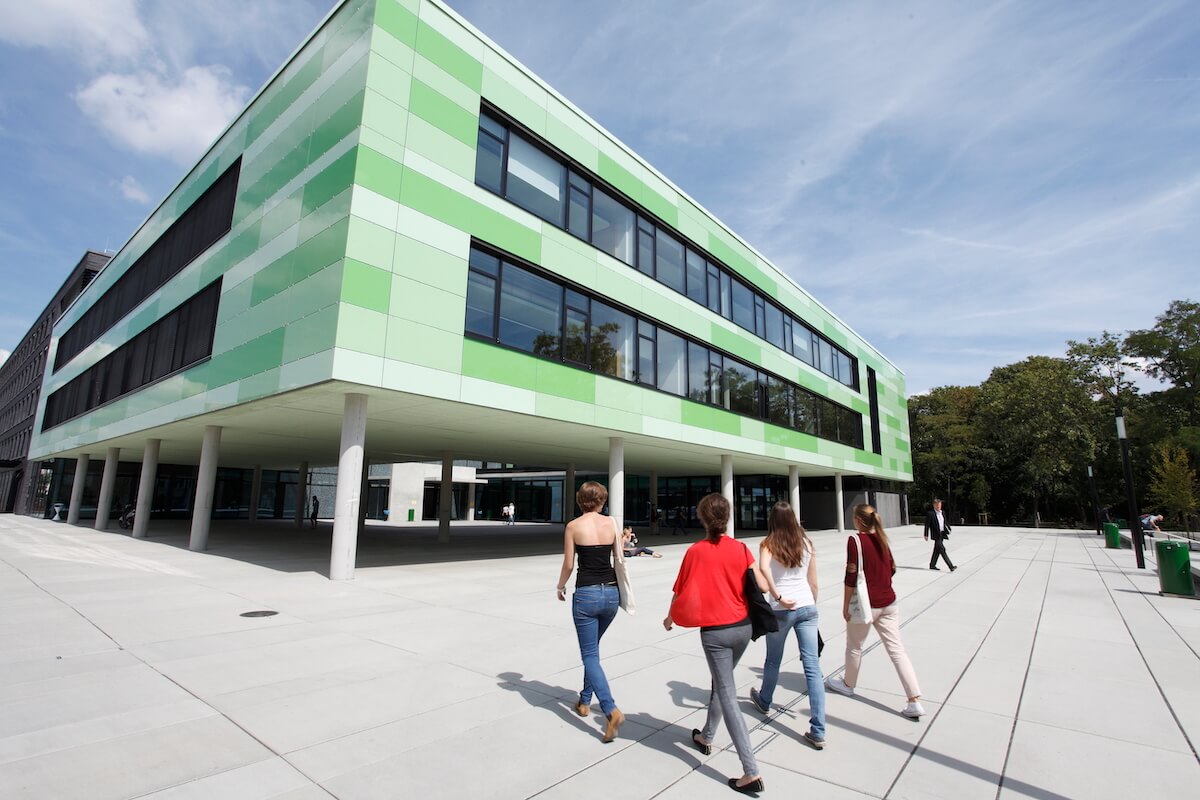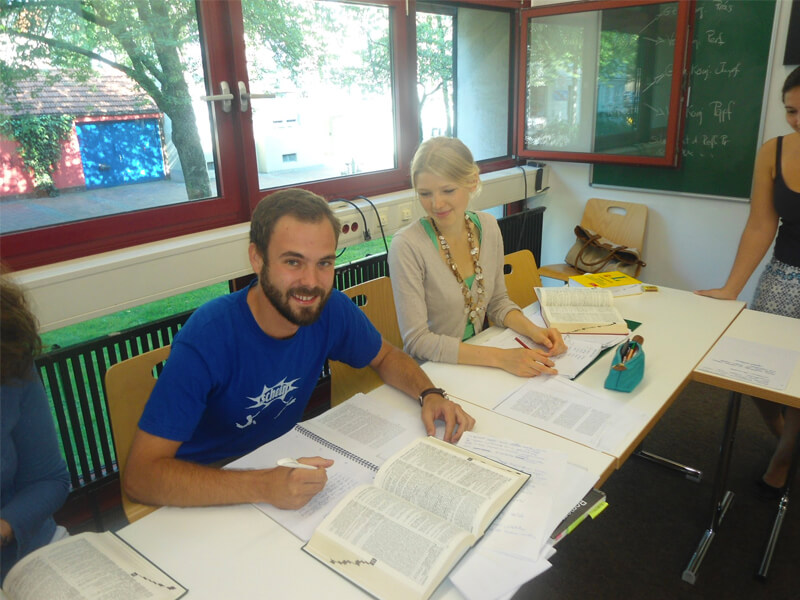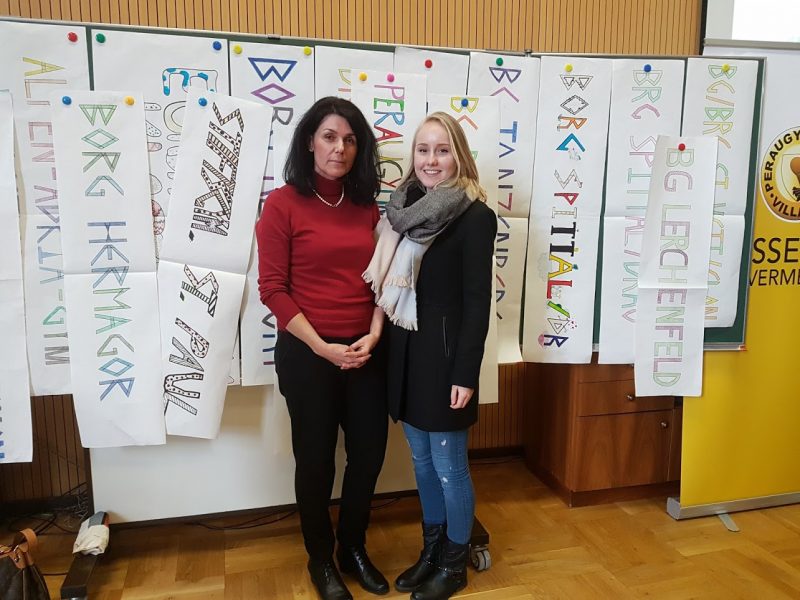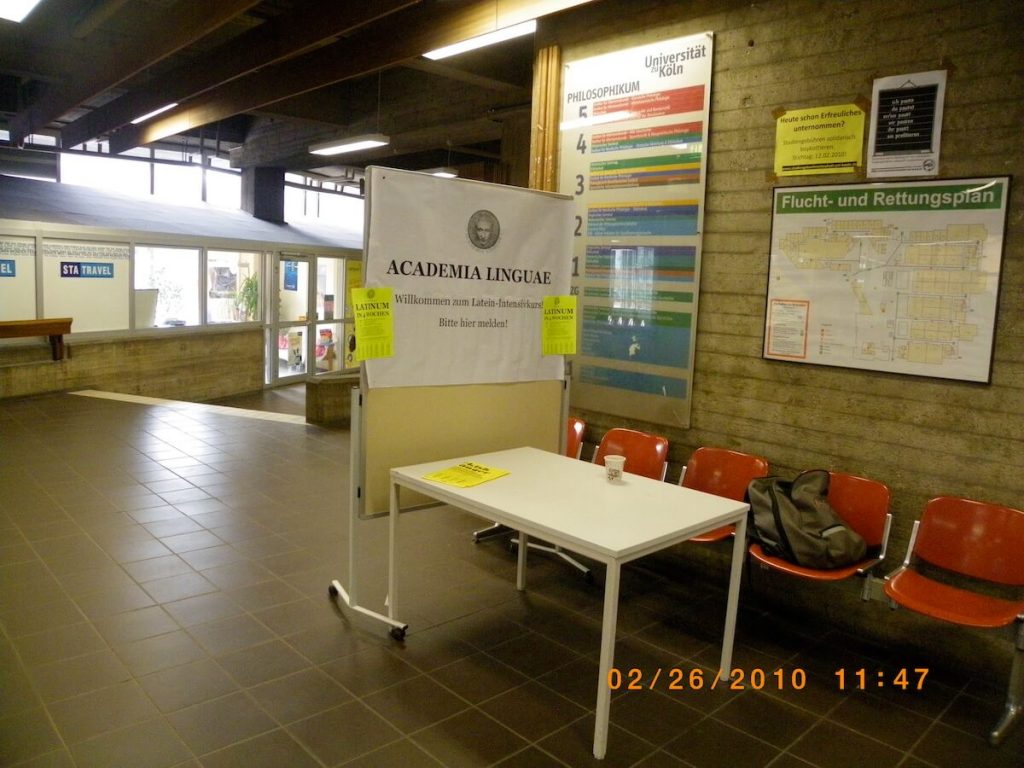

Among the first group, Franz Maria Freiherr von Thugut succeeded Kaunitz as chancellor in 1794, and Bernhard (later Freiherr) von Jenisch was appointed in 1780 as trustee of the Imperial Library the third director, Father Franz Höck, S.J., became Rector Magnificus of the University of Vienna in 1802. the figure of Sarastro Zarathustra in the Magic Flute), so that the Academy was building one of the most effective bridges to the exclusive Austrian nobility and a diplomatic career. However, the Orient, viewed as the “source of Light,” now fascinated both enlightened aristocrats and influential freemasons (cf. This school of advanced training seemed at first to be intended for a utilitarian goal similar to that of the former initiatives, even though New Persian was not included among the languages taught. Orientalische Akademie ), was founded with eight Sprachknaben and a ten-year curriculum. The situation changed in 1754, when, under the impetus of the Chancellor Prince of Kaunitz-Rietberg, the Kaiserlich-königliche Akademie der Orientalischen Sprachen (k.k. After it, and Podestà’s scarcely distributed Cursus grammaticalis linguarum orientalium, arabicae scilicet, persicae et turcicae (3 vols., Vienna, 1703), Oriental studies in Austria remained static for 50 years, since the collapse of the Safavid kingdom in 1722 severely restricted regular diplomatic relations and official concern with Persia.Įnlightened orientalism: the translation epoch (1754–1848). The Paraemia Locmani sapientis (1703) by Mesgnien’s pupil and successor as Hofdolmetscher (official Interpreter), John Adam Lacheviz, is of little value.

Podestà’s courses met with only slight success (a total of three students completed the three-year course) and were discontinued after 1677.

, published in Vienna in four volumes between 16, which for 150 years remained a standard, especially in Jenisch’s 1780 reprint. These works were soon superseded by Mesgnien’s Thesaurus linguarum Orientalium, Turcicae, Arabicae, Persicae. Bedik, Cehil Sutun, seu explicatio utriusque celeberrimi, ac pretiosissimi Theatri quadraginta columnarum in Perside Orientis, Vienna, 1678). The oldest printings in Austria in modern Oriental languages date from the same period (Podestà, Tractatus varii de linguis orientalibus, praecipue Arabica, Persica et Turcica, Vienna, 1669 P. In 1674, the Sprachknaben-Institut (under the auspices of the Internunciature in Istanbul) was established in Vienna, on the model of training institutions in France and Poland and courses in Oriental languages were instituted at the University of Vienna by Gianbattista Podestà (1624–1703).

The first Imperial Court Interpreter ( Hofdolmetscher) was appointed in 1661, in the person of François de Mesgnien Meninski (1623–97), who was a distinguished expert in the languages used in the Muslim kingdoms. 1519-56), the legates (Austrian ambassadors) were content with employing Christian natives or sending young men (from 1578) to Istanbul to acquire a practical command of the languages. Although the first contacts were established in 1524 on the occasion of the Persian embassy of Father Petrus de Monte Libano to Emperor Charles V (r.
#Latinum wien professional#
Until 1750, the government’s aim was to meet the practical need to instruct professional interpreters (dragomans, entitled Sprachknaben). Iranian studies arose from diplomatic relations, in Austria somewhat later than in Bohemia, Hungary, or Poland. The Vienna Library preserves the oldest extant New Persian manuscript in Arabic script, the pharmacopoeiea Ketāb al-abnia wa’l-ḥaqāʾeq al-adwia of Abu Manṣur Mowaffaq Heravi (q.v.), copied in 1056 CE by the poet Asadi (q.v. However, the earliest orientalists in Austria were Johann Jesen (the Bohemian physician of Emperor Rudolf II ) and Sebastian Tengnagel (1574–1636, native of Büren, in Guelders ), the second custodian of the Imperial Library the latter, although more conversant in Turkish than in Persian, bequeathed some New Persian manuscripts to the Hofbibliothek (some may have been acquired earlier). Valuable information on Persia was often reported by Austrian envoys (Hans Christoph Freiherr von Teufel zu Guntersdorf, 1587 Georg Tectander, 1602-5), travelers (Heinrich von Poser und Großnedlitz, 1620–25), and Jesuit missionaries (P. The present entry is intended as a synthetic history of the organization of Iranian studies (1) up to 1918 in all the Habsburg “hereditary countries,” which included the present Czech Republic and Slovakia, Hungary, Croatia, Bosnia, also parts of Poland, Romania, and Ukraine, and (2) since 1918 in the Republic of Austria exclusively.Īncillary beginnings (1524–1754). Many of the Austrian Iranologists and their scholarly achievements are discussed in the surveys s.v.


 0 kommentar(er)
0 kommentar(er)
